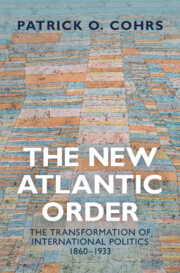How is the craft history of ordinary woodcarvers different from the political and economic history of elites and literati? This article tells a transnational history of Ningbo miniature whitewood figurines that were first collected by Western travelers as souvenirs from the 1870s to 1940s and then shipped to the West as export craft from the 1950s to 1980s. The examination of the makers, buyers, and collectors of these figurines reveals a dialectic process between carving and collecting. Focusing on both the making and circulation of these figurines, the article uncovers a new layer in modern Chinese history: with the political regime changing from the imperial state to socialist state, the carving and business practices of local artisans continued at its own rhythm. Less than three and a half inches tall, Ningbo whitewood figurines represent a miniature China carved and consumed on a global scale during the long twentieth century.
